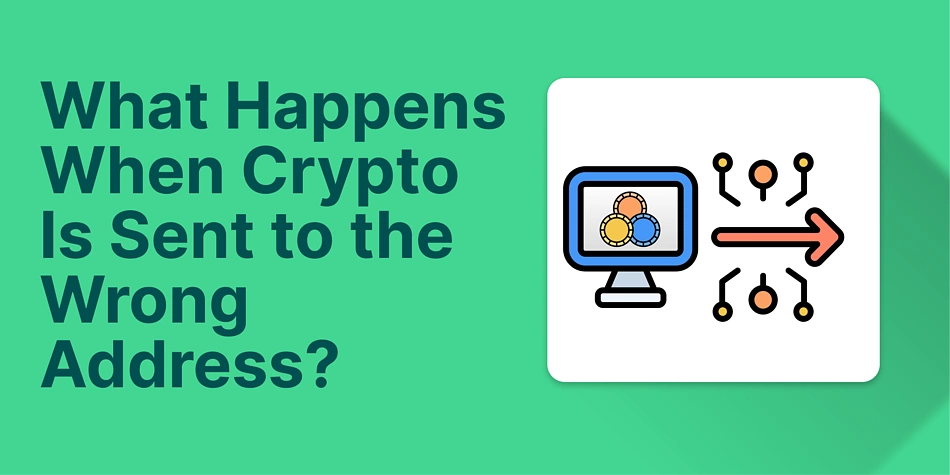Polkadot Parachains: A Complete Guide
Polkadot is an innovative multi-chain blockchain platform that allows different blockchains to interoperate and share information in a decentralized way. One of its most notable features is its parachain architecture, which is central to its scalability and flexibility. Parachains on Polkadot enable the creation of specialized blockchains that can communicate with one another while maintaining their sovereignty and security.
In this guide, we will explore the concept of Polkadot parachains, how they work, their benefits, and their potential applications.
What Are Polkadot Parachains?
Parachains are individual, specialized blockchains that are connected to the Polkadot Relay Chain, the central chain responsible for managing the network’s overall security and consensus. Parachains operate in parallel to one another, hence the name “parachains,” and are optimized for different use cases such as decentralized finance (DeFi), smart contracts, gaming, identity management, and more.
Each parachain on the Polkadot network is fully customizable, meaning it can have its own governance, consensus mechanism, and features tailored to its specific needs. However, all parachains share the security, interoperability, and scalability benefits provided by the Polkadot Relay Chain.
Polkadot’s architecture is built to overcome the issues of scalability, interoperability, and security that traditional blockchain networks face by allowing the creation of these parachains, which can operate concurrently while sharing resources.
How Polkadot Parachains Work
Polkadot’s architecture is built on three main components:
- Relay Chain
The Relay Chain is the heart of the Polkadot network. It is responsible for the overall security, consensus, and communication between parachains. The Relay Chain does not support smart contracts or decentralized applications directly but ensures that parachains remain synchronized and secure. It uses a proof-of-stake (PoS) consensus mechanism, where validators participate in securing the network. - Parachains
Parachains are individual blockchains that connect to the Relay Chain. Each parachain is optimized for specific tasks, and its governance is managed by its own community or team. These blockchains can communicate with each other through a messaging system called XCMP (Cross-Chain Message Passing), allowing the transfer of assets and data between parachains. - Bridges
Bridges are used to connect Polkadot to other blockchains outside its ecosystem, such as Ethereum or Bitcoin. While parachains enable Polkadot’s internal scalability, bridges extend its interoperability to other blockchain networks.
Key Features of Parachains:
- Security Sharing: All parachains connected to the Polkadot Relay Chain share the same level of security provided by the Relay Chain’s consensus mechanism.
- Interoperability: Parachains can communicate with each other through the XCMP protocol, allowing cross-chain asset transfers and data exchange.
- Scalability: Multiple parachains can run in parallel, improving transaction throughput and reducing network congestion.
- Customization: Parachains can be tailored for specific use cases, such as different consensus algorithms or governance mechanisms.
How Parachain Slot Auctions Work
To become a parachain on Polkadot, projects must secure a parachain slot on the Relay Chain. These slots are limited, and they are allocated through a process called parachain slot auctions. This process involves projects bidding for a slot by locking up their native token (DOT) in a mechanism called crowdloans.
In parachain slot auctions:
- Crowdloans: Projects seeking a parachain slot can run a crowdloan campaign, where supporters of the project contribute their DOT tokens to help the project secure a slot.
- Auction Process: The auction system operates in a sealed-bid format, where the highest bids win the parachain slot. The winning projects secure a slot for a limited period (typically 96 weeks) and can use the parachain to build their application.
- Slot Duration: Once a project wins a parachain slot, they retain the slot for the duration of the lease period. After that period ends, another auction takes place, and the project must bid again if they want to continue using the slot.
The auction mechanism ensures that parachain slots are fairly allocated, incentivizing both parachain developers and the broader Polkadot community to contribute to the network’s security and growth.
Benefits of Polkadot Parachains
Polkadot parachains offer several key advantages over traditional blockchain architectures:
- Scalability
The ability to run multiple parachains in parallel dramatically improves scalability. Each parachain can handle its own transactions and smart contracts, reducing congestion and bottlenecks. Since parachains do not need to rely on a single global consensus mechanism, the network can handle a much higher transaction throughput. - Interoperability
One of the main benefits of parachains is their ability to communicate and share data with other parachains via XCMP. This ensures that assets and information can flow freely across different blockchains, promoting a more interconnected ecosystem. - Security
Parachains benefit from Polkadot’s shared security model, which means they do not have to establish their own security protocols. They leverage the Relay Chain’s consensus mechanism and validators to protect their assets and data, making it much more secure than building a standalone blockchain. - Customizability
Parachains can be fully customized to meet the needs of their specific applications. Developers can choose the consensus mechanisms, governance models, and other features that best fit their use case, allowing for greater flexibility in blockchain development. - Decentralized Governance
Each parachain is independently governed by its community or project team. This decentralized governance model means that parachain developers have full control over how their blockchain operates, from protocol updates to community decision-making. - Reduced Costs
By sharing the security and infrastructure provided by the Relay Chain, parachains can reduce operational costs. This is especially advantageous for smaller projects that might not have the resources to run their own independent blockchain.
Applications of Polkadot Parachains
Polkadot parachains are well-suited for a wide range of applications across various industries. Here are a few key areas where parachains can be applied:
- Decentralized Finance (DeFi)
Many DeFi applications can be built on parachains, allowing them to run faster and more securely while maintaining their own governance and consensus models. Projects in DeFi can use parachains to create decentralized exchanges, lending platforms, and other financial instruments, all while benefiting from cross-chain interoperability. - Gaming
Parachains can be used to build decentralized gaming platforms, allowing for fast and secure transactions between players. Since each parachain can be customized for specific gaming use cases, game developers have greater flexibility to create tokenized in-game assets, handle transactions, and ensure transparency. - Supply Chain Management
Parachains can track the movement of goods in a decentralized supply chain, ensuring transparency and efficiency in processes such as product provenance, verification, and certification. The ability to interoperate with other blockchains enhances cross-border supply chain management. - Identity and Reputation Systems
Decentralized identity systems can be built on parachains, offering users greater control over their personal data and privacy. These systems can be used for verification and authentication in a wide range of applications, from online services to voting platforms. - Internet of Things (IoT)
Polkadot parachains can be utilized to create secure and scalable IoT networks. Parachains offer a customizable way to handle large volumes of data generated by IoT devices, while also ensuring privacy and data security through blockchain technology.
Challenges and Future of Polkadot Parachains
While Polkadot’s parachain system is groundbreaking, it is not without its challenges:
- Slot Scarcity: The limited number of parachain slots means there is high competition for the slots, which can make it difficult for smaller projects to secure one.
- Complexity: Managing a parachain and participating in auctions can be complex, requiring careful planning and technical expertise from developers.
- Governance: The decentralized governance model requires constant engagement from the community to ensure the network evolves smoothly, which can sometimes lead to disagreements or slow decision-making.
However, the future of Polkadot parachains looks promising. As more projects win parachain slots and build innovative solutions, the Polkadot ecosystem will continue to grow, offering new possibilities for blockchain developers, businesses, and users alike.
Conclusion
Polkadot parachains offer a unique and powerful way to build scalable, interoperable, and secure blockchain networks. By allowing blockchains to operate in parallel and communicate with each other, parachains overcome many of the scalability and interoperability issues faced by traditional blockchain platforms. Whether used for DeFi, gaming, supply chain management, or other applications, parachains open up a wide range of possibilities for blockchain developers and entrepreneurs.
As Polkadot’s ecosystem continues to mature, parachains will likely play a central role in driving innovation and the adoption of blockchain technology across multiple industries.




